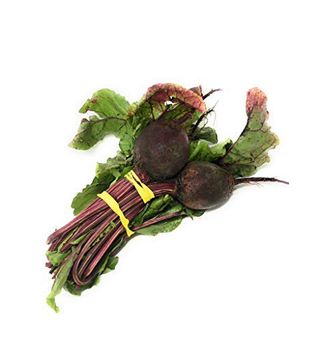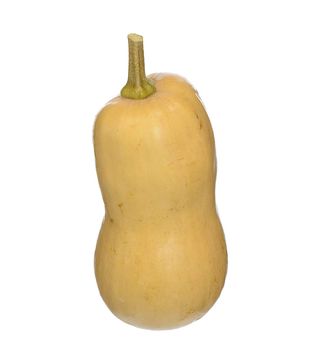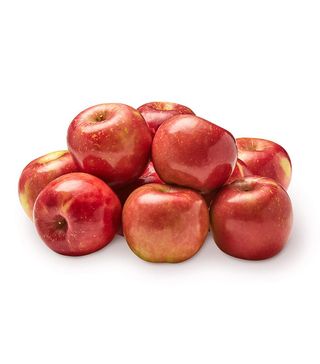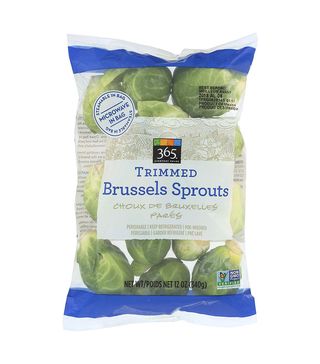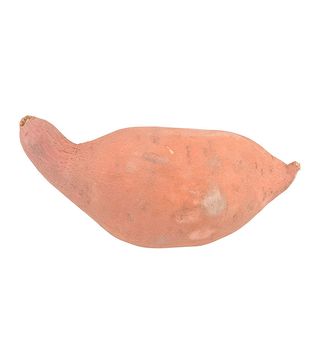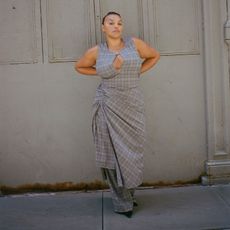The Only Foods You Should Be Eating This Fall, According to Nutritionists
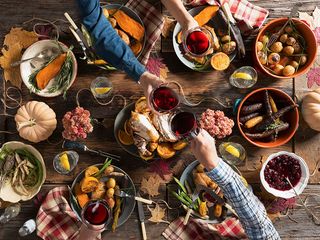
There's so much to love about fall, which we've gone on and on about recently. Sorry to sound like a broken record, but it's true—there is a lot of enjoy this time of year. In addition to leaf peeping, apple picking, and a general feeling of coziness, one big win for fall is all the amazing foods that are begging to be eaten this time of year. Whether you're a pumpkin spice evangelist, butternut squash's number one fan, or a firm believer that apple should be in every dish, there's pretty much something in season for every palate. Personally, I consider myself a summer-all-the-time-please type of person, but even I can be swayed by roasted veggies, a bowl of hearty soup, and apple crisp.
And fall is great for healthy eating, too—think of all those in-season veggies, which are rich in superfoods. "They are 'super' because of the amount of health benefits from various nutrients and phytochemicals (non-nutritive plant compounds) that they provide," says Yasi Ansari, MS, RD, CSSD, a national spokesperson for the Academy of Nutrition and Dietetics. "There is evidence that shows a diet rich in phytochemicals can decrease chronic disease risk and support longevity."
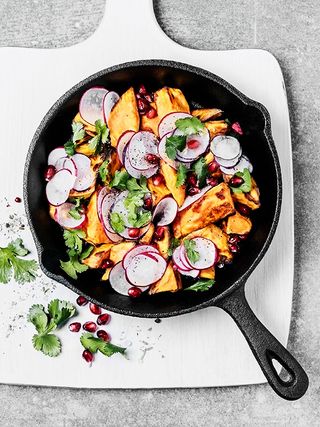
Amy Shapiro, MS, RD, CDN, founder and director of Real Nutrition, also sees fall as good time to rethink how you're preparing your food. You might have craved crisp and cooling salads during the summer, but when the weather gets cooler, you might gravitate toward warmer, comforting dishes. "Roast your vegetables and season with turmeric, rosemary, pepper, garlic, cumin etc.," she recommends. "I like to refer to seasonings as nature's sprinkles! Seasonings and spices have a warming effect in our bodies, not to mention, the more flavor your meal has from seasonings, the more satiating and satisfying it is."
So what exactly should you be adding to your cart this fall? Take a look below for the healthiest picks of the season.
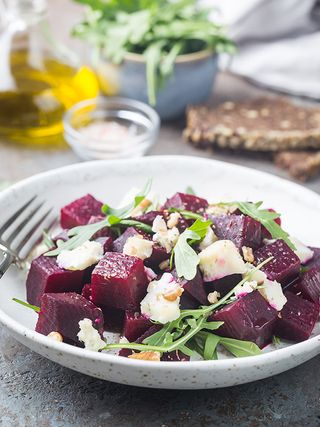
"Betalain (a phytochemical) found in beets provides a variety of health benefits, such as increasing mental performance, boosting immunity, detoxification support through the liver, and decreasing inflammation," Ansari says. Add beets to smoothies or juices, salads, side dishes, or even use in hummus. One thing to note, from Ansari: The longer the cooking time, the more betalain is lost, so keep your steaming times to 15 minutes or less, and your roasting to under an hour.
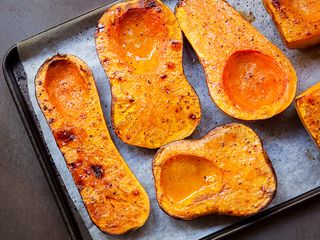
This includes butternut, kabocha, pumpkin, and spaghetti varieties. Winter squash contains vitamins A, B6, and C, and fiber. "It is especially rich in beta-carotene, which is a natural-occurring yellow pigment and vitamin A precursor," Ansari says. "It is a phytochemical and powerful antioxidant that research suggests can decrease the aging process and reduce chronic disease risk when it is consumed in food sources."
And think about all the ways to prepare it—roasting, steaming, and pureeing. Ansari suggests saving the seeds and baking them since they're rich in vitamin E, minerals, and fiber—a quarter cup of roasted seeds contains three grams of protein.
In particular, Shapiro loves kabocha squash, which she says is sweet, easy to prepare, and lower in calories than other varieties. She suggests roasting or steaming it, mashing it, and adding to eggs, greens, or putting on top of sourdough bread.

Add this to your reasons-to-go-apple-picking list (or on your shopping list at least). Apples are high in fiber and its peels are rich in flavonoids, which have been shown to help with longevity, Ansari adds. There are so many preparation methods, but if you're going the baked good route, spokesperson for the Academy of Nutrition and Dietetics Nancy Farrell Allen, MS, RDN, suggests opting for a crisp rather than a pie. "It helps me consume less pie crust in favor of an oatmeal-based crumble," she says.
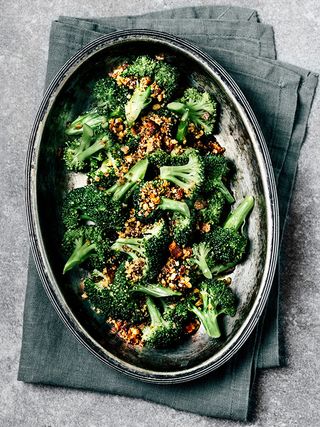
Consuming these can help lower your risk of cardiovascular or chronic disease. In particular, Shapiro says brussels sprouts are high in fiber, while cauliflower is versatile (pizza crust, rice, and soup are some serving suggestions), and not to mention low in calories.

Apple gets a lot of attention this time of year, but don't forget about pears. Shapiro says they're high in fiber, easy to portion control, and portable—all wins in our book.
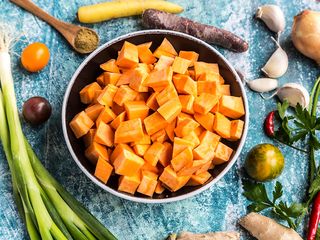
This veggie does it all. They're high in vitamins A, C, and B, fiber, and potassium. Plus, they have the antioxidant beta-carotene that was mentioned earlier that can protect from free radicals, boost the immune system, and help with healthy skin and vision. Ansari adds, "You can pair sweet potatoes up with pretty much any meal! It helps sustain energy, and improve blood pressure and blood sugar regulation."
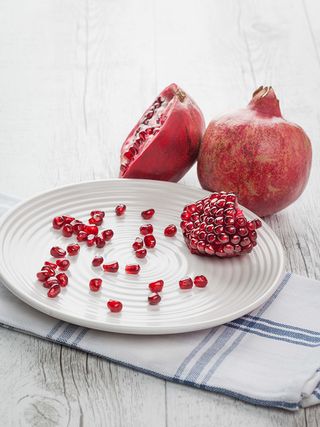
These are great as a snack, or added as a yogurt or salad topping. They contain fiber and vitamins A, C, and E. Plus, Ansari says their antioxidants are known to be more powerful than the ones in green tea and red wine.
Disclaimer
This article is provided for informational purposes only and is not intended to be used in the place of advice of your physician or other medical professionals. You should always consult with your doctor or healthcare provider first with any health-related questions.
Sarah is lifestyle writer and editor with over 10 years of experience covering health and wellness, interior design, food, beauty, and tech. Born and raised in Los Angeles, she attended New York University and lived in New York for 12 years before returning to L.A. in 2019.
In addition to her work on THE/THIRTY and Who What Wear, she held editor roles at Apartment Therapy, Real Simple, House Beautiful, Elle Decor, and The Bump (sister site of The Knot).
She has a passion for health and wellness, but she especially loves writing about mental health. Her self-care routine consists of five things: a good workout, “me” time on the regular, an intriguing book/podcast/playlist to unwind after a long day, naps, and decorating her home.
-
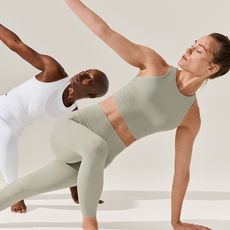 I Live for Yoga and Pilates—These Are the Pieces That Help My Flow
I Live for Yoga and Pilates—These Are the Pieces That Help My FlowTake notes.
By Humaa Hussain
-
 It's Time to Get Our Nutrition in Check for Summer—This App Is Making It Easy
It's Time to Get Our Nutrition in Check for Summer—This App Is Making It EasyThe recipe ideas are endless.
By Who What Wear
-
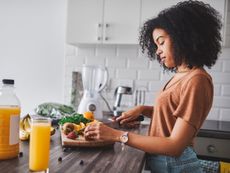 If You're Battling With Digestive Issues, This Could Be Why
If You're Battling With Digestive Issues, This Could Be WhyTurns out, you may not have IBS after all.
By Kia Topps
-
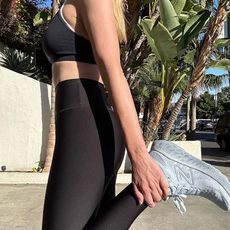 Our Editors Own a Lot of Sneakers, But This Pair Comes in First Place Every Time
Our Editors Own a Lot of Sneakers, But This Pair Comes in First Place Every TimeA major win.
By Aniyah Morinia
-
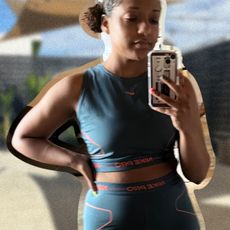 I Changed My Mind About Strength Training When I Tried This Workout
I Changed My Mind About Strength Training When I Tried This WorkoutMy confidence is officially on 10.
By Kia Topps
-
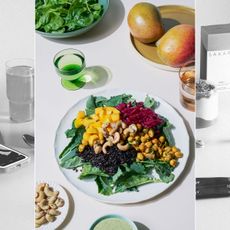 I Only Ate Sakara Life Meals for 30 Days—Here Are 7 Things That Happened
I Only Ate Sakara Life Meals for 30 Days—Here Are 7 Things That HappenedThe brand's 30-Day Fall Reset is finally here.
By Erin Jahns
-
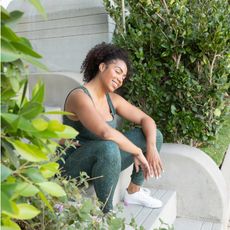 This Type of Gear Will Take Your Workout to the Next Level
This Type of Gear Will Take Your Workout to the Next LevelBring it on.
By Sarah Yang
-
 6 Essential Oils That Will Heal Your Painful Sunburns
6 Essential Oils That Will Heal Your Painful SunburnsAll-natural relief ahead.
By Samantha Parsons
